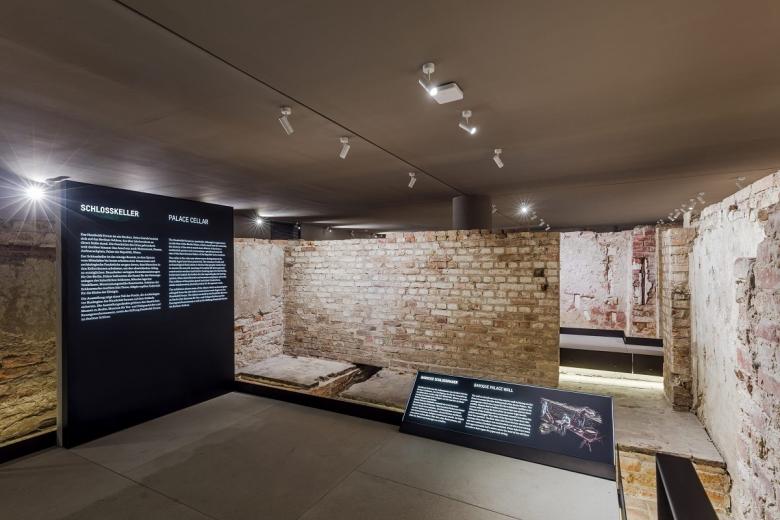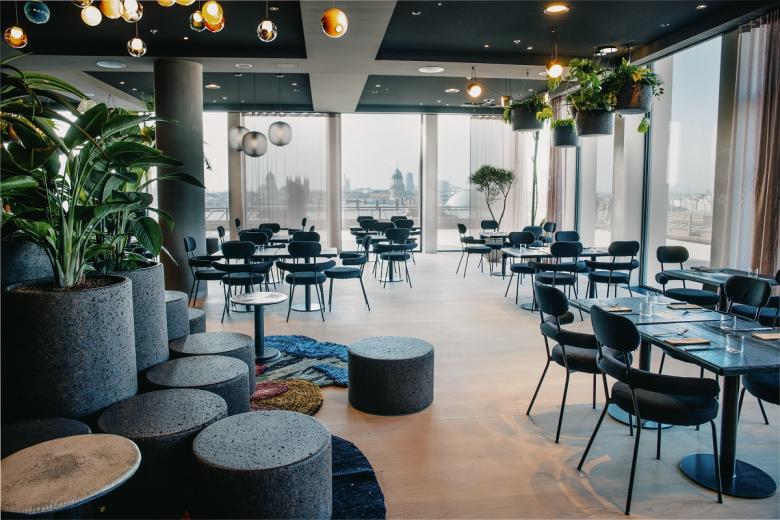Humboldt Forum in the Berlin Palace
Berlin, Germany
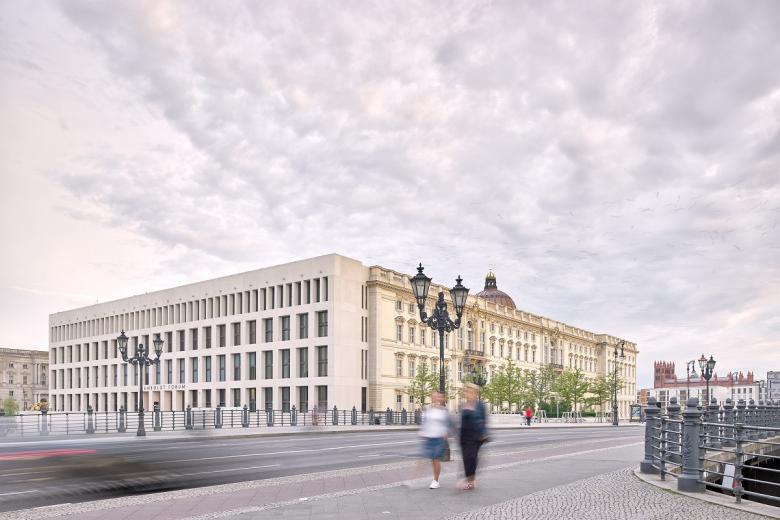
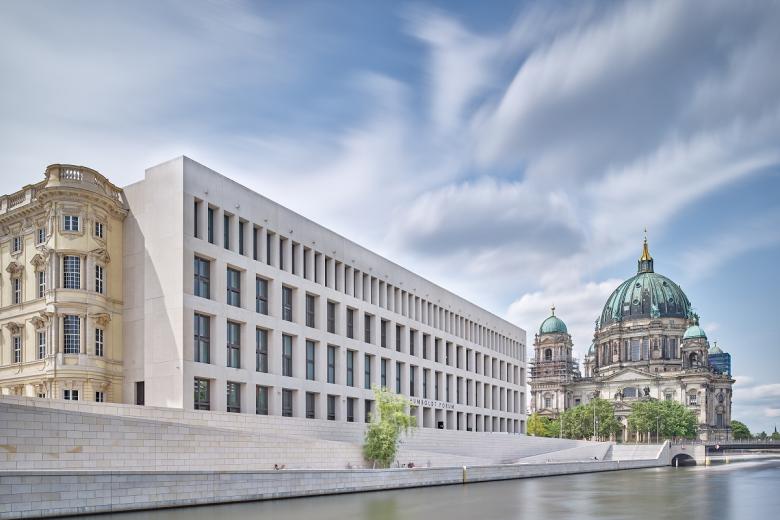
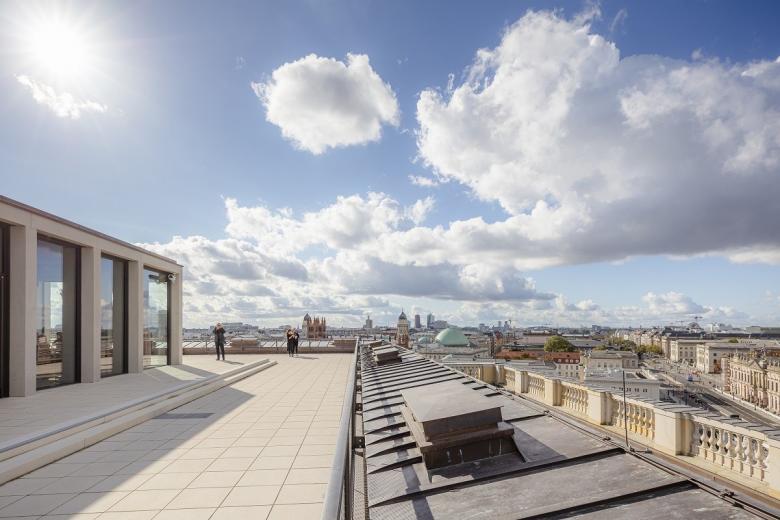
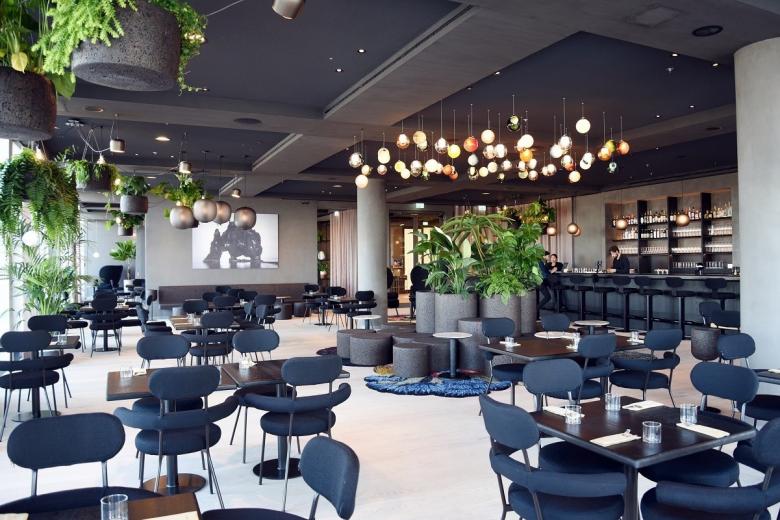
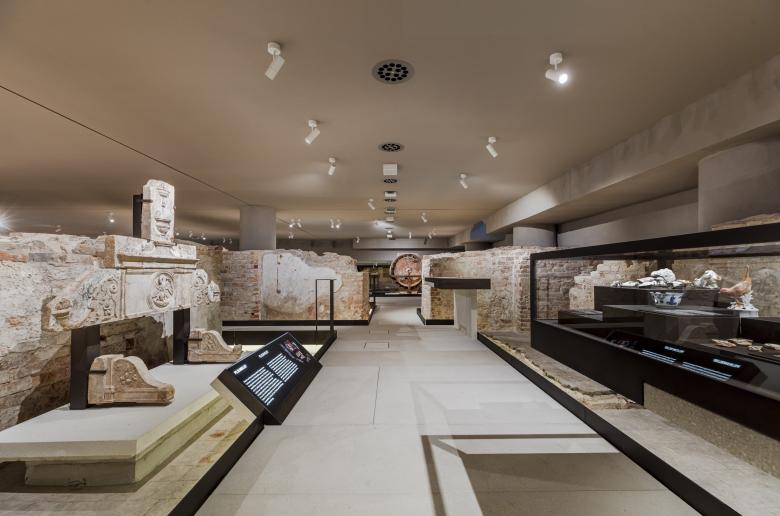
- Manufacturers
- Kiefer Klimatechnik GmbH
- Location
- Schloßplatz 1, 10178 Berlin, Germany
- Year
- 2021
- Client
- Stiftung Humboldt Forum im Berliner Schloss
- Architects
- Franco Stella Berliner Schloss – Humboldt Forum PG, Berlin
- Planning office
- Winter Beratende Ingenieure, Inros Lackner SE, HTES GmbH
Pleasant airflow in the new Humboldt Forum in Berlin
All good things are worth waiting for: There has been much discussion about the partially reconstructed Berlin Palace - now the structure is completed and adds a spectacular object to the architectural highlights of the capital. Italian architect Franco Stella reconstructed the former Berlin Palace and cleverly integrated modern elements to create a new building with a magnificent facade. The planners also considered an efficient energy concept. Among other things, an innovative Concrete Core Cooling ventilation system and various high-induction air diffusers guarantee a pleasant feel-good atmosphere inside.
The Schlossplatz on Museum Island is a unique place steeped in history: As early as 1443, the foundation stone was laid here for the former residence "Zwing Cölln". After several extensions and alterations, the palace was built from 1701 as a royal residence with a Baroque facade by Andreas Schlüter. At that time, the Berlin Palace was considered one of the most important secular Baroque architectures north of the Alps. It was badly damaged during the Second World War, after which it was blown up in the GDR in 1950 and the site was used as a festival and parade ground. From 1976, part of the square was occupied by the Palace of the Republic, which was closed in 1990 due to heavy asbestos contamination and later demolished. After long discussions about the future of the square, Franco Stella's design finally won the international architectural competition for the new construction and partial reconstruction of the Humboldt Forum in the Berlin Palace in 2008.
Baroque and modernity harmoniously combined
The new building is a four-winged structure with four main floors and a dome.In the north, south and west, the baroque facades have been faithfully reconstructed, while the modern east wing harmoniously matches them. The ensemble is completed by imposing courtyard portals, portal passages, inner courtyards and a passageway that allows the palace to be traversed from the Lustgarten to the Schlossplatz. The new building houses the Humboldt Forum with rooms for events, special and permanent exhibitions, cultural education as well as museum stores, cafés and restaurants. Collections from the Ethnological Museum and the Museum of Asian Art are also housed. In total, a unique cultural program is offered on around 30,000 square meters of space and over five floors.
In parts of the basement you can visit the castle cellar with an exhibition of archaeological finds. Around the uncovered foundation walls of the original castle, an exhibition has been set up here as a so-called archaeological window. This is exactly where a special feature of technical building equipment with Kiefer products can be found.
Concrete Core Cooling as an "invisible air flow path" in the castle cellar
For exhibition areas, air flow is usually implemented via suspended ceilings or parapet areas.In this case, these approaches were not possible for structural reasons. To ensure a uniform air supply, the CONCRETCOOL Concrete Core System was built into the 350-450 mm thick exposed concrete ceiling above the castle cellar as a "non-visible" air ducting system. A total of 30 units cover the fresh air demand of 2,500 m³/h for the exhibition area. The air is discharged evenly into the room via air distribution boxes set in concrete and front panels for supply air distribution. If the CONCRETCOOL system is used in normal use, the supply air is blown out radially along the ceiling surfaces. Due to the moisture ingress through the floor and foundations here, the front panels were fitted with special air guide elements.The supply air is thus deliberately blown in downward to allow better circulation with absorption of the structural moisture loads. For TGA technology fans, there is also a treasure in the castle cellar as an exhibit: during the excavations, an old fan was discovered. This was part of a low-pressure steam heating system that the technophile Kaiser Wilhelm had installed in 1894 for the famous White Hall. Even then, the modern heating system provided not only heat, but also fresh air with the help of fans.In contrast to the baroque palace facade, the new building areas for the administration are kept simple and restrained. In these offices of the museum administration, INDULSNAP wall diffusers with integrated cross-talk silencer ensure draft-free air distribution while disappearing completely into the drywall. In parallel, compact and acoustically highly effective overflow elements were installed. The INDUSILENT elements allow free overflow of air and meet all requirements for high sound absorption while also being installed in the drywall in a space-neutral manner.
Rooftop restaurant with a spectacular view
From the roof terrace at a height of around 30 meters enjoy visitors a unique view of Berlin with its numerous attractions. The barrier-free 1,800-square-meter terrace is reached via an elevator. There you will also find a flat, filigree structure made of glass and concrete, which houses the Baret restaurant and café. The interior design is spacious, open and at the same time purist with light and dark accents chosen. Therefore, the architectural requirements had to be taken into account when selecting the air diffusers. The INDUL linear diffusers from are extremely narrow and blend inconspicuously into the side of the design beams on the ceiling. The supply air is discharged horizontally and flows along the ceiling surfaces without any noticeable drafts in the room. With such a pleasant feel-good atmosphere, a visit to the new Humboldt Forum is a relaxing pastime.
Related Projects
Magazine
-
Reusing the Olympic Roof
2 days ago
-
The Boulevards of Los Angeles
3 days ago
-
Vessel to Reopen with Safety Netting
3 days ago
-
Swimming Sustainably
3 days ago
